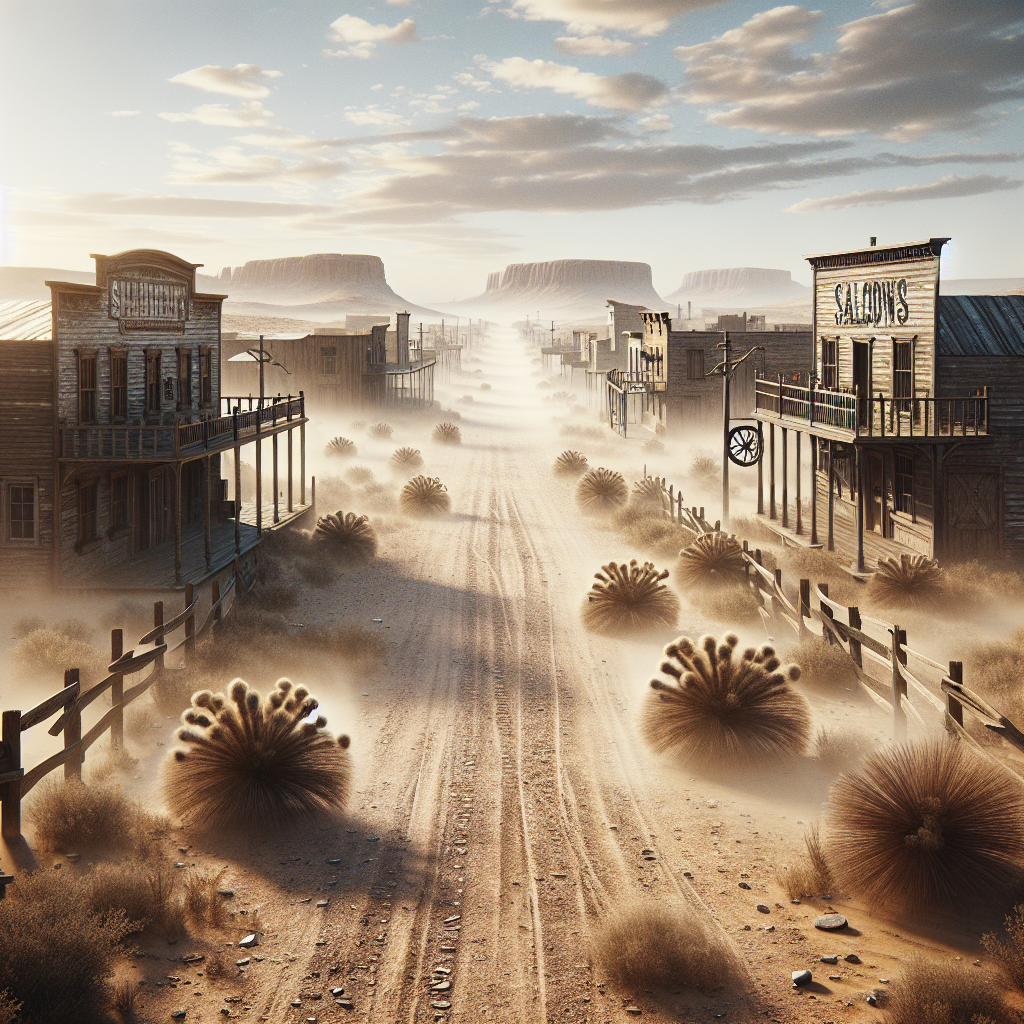Imagine a world where your doodles are used to teach machines how to understand images. That's exactly what 'Quick, Draw!', a project from Google's Creative Lab, is all about. It's a fun, interactive game where you draw something as prompted, and the AI tries to guess it within 20 seconds. Launched in 2016, it not only provides entertainment but also serves as a fascinating experiment in artificial intelligence and machine learning.
In this quirky little game, you start by being prompted to sketch a random object, like a banana or a bicycle, using your finger or a mouse. The pressure is on as you race against the clock, nervously watching as the AI starts guessing—a sometimes comical mishmash of options like "a shovel" when you're clearly going for a duck. Win or lose, each drawing adds to the huge data set that teaches the neural network to recognize sketches better. This in turn optimizes how computers interpret human drawings.
The magic behind Quick, Draw! lies in its use of a neural network—a type of AI that mimics the way the human brain operates. Neural networks are trained on vast datasets, allowing them to recognize patterns. Here, they're trained on hundreds of thousands of doodles made by players worldwide. The beauty of this challenge is the simplicity and accessibility of the game, which appeals to anyone with a computer or smartphone.
Most of us may not think of doodling as contributing to technology. However, Quick, Draw! has us all unwittingly participating in a crucial technological process every time we scribble a stick figure or a lopsided apple. In many ways, it's like we're attendees at a massive, never-ending art class, painting the future for AI—a future where understanding human context from images is essential.
For anyone wary of AI's rapid evolution, the playful innocence of Quick, Draw! presents an alternative narrative. It's not about AI taking over the world or bringing dystopian visions to life. Rather, it's about collaboration. Humans feeding machines information so they can become helpers, companions, and even friends.
Still, it's worth considering the longer-term implications of amassing millions of drawings. With every digital artifact we create, questions about privacy arise. The data used to teach algorithms could potentially be misunderstood or misused. Critics argue that while contributing to these datasets, the unseen impact on future AI developments remains uncertain. It's a legitimate concern and one worth exploring, especially since many are unaware they're effectively donating intellectual property every time they draw.
Despite concerns, Quick, Draw! offers more immediate rewards. The thrill of having your doodle recognized can be a delightful morale boost, like a gold star from a technology teacher. For many in Gen Z, who grew up alongside rapidly advancing tech, this playful interaction provides a nostalgic echo of early computer games mixed with a cutting-edge twist.
Another aspect of this game that's pretty cool is how it fosters creativity. In a world often driven by structure and efficiency, the gentle chaos of doodling allows for expression and self-discovery. You might start off trying to draw a rose but end up with something resembling a swirly lollipop—but who cares? It's fun, it's freeing, and it gets the neurons firing.
For some, Quick, Draw! might be an exercise in frustration. Some may say it underscores AI's inability to truly "get" us. That’s a fair point, too. Perhaps there's something inherently human in a machine that can't flawlessly get you—but keeps trying regardless. The process of learning and adapting becomes a shared journey.
Quick, Draw! is not just a game. It's a glimpse into the future of AI, a collaborative art project, and a playful reminder of our role in technological evolution. Amidst complex algorithms and data-driven advancements, the simplicity of drawing lines bridges the gap between users and machines. As you swipe your screen, drawing imperfectly sketched visions, you're unknowingly leaving a digital mark on the world.

